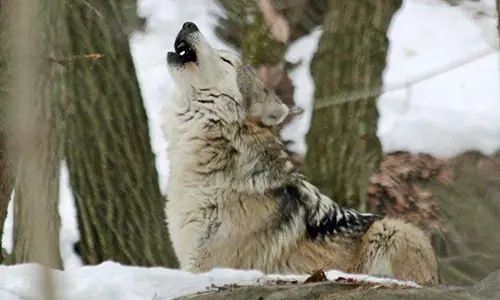Last week was the 50th anniversary of the U.S. Endangered Species Act of 1973, one of the most important tools for modern conservation in the U.S.A. and a model for similar laws among the states as well as other nations. What makes the Endangered Species Act (commonly referred to as the ESA) so special and important, and why is is still relevant today?
The Endangered Species Act wasn’t the first attempt to protect American wildlife at the federal level. The Lacey Act, passed by Congress in 1900, was one of the earliest. It was prompted most immediately by the wholesale slaughter of birds for the millinery (hatmaking) trade, and a larger pattern of unsustainable hunting and illegal transport of game across state lines by poachers. While limited in scope, the Lacey Act paved the way for other important legislation. The Migratory Bird Treaty Act of 1918 focused specifically on the preservation of (as the name suggests) migratory birds among Canada, the United States, and Mexico, which often host the same individual birds at different parts of their annual life cycles. This Act provides sweeping protections for many species of birds, and remains an important tool for avian conservation today.

In 1966, the first Endangered Species Act (the Endangered Species Preservation Act, or ESPA) was passed. This Act recognized the importance of preserving habitats and gave the U.S. Department of the Interior the funding and authorization to take action on behalf of the most imperiled animals. Fewer than 80 species (almost half of them birds) were protected under this initial Act, and no invertebrates or plants could be. The Endangered Species Conservation Act (ESCA) of 1969 included mollusks and crustaceans, many of which were threatened by overharvesting and water pollution. It also (importantly) called for greater structured international cooperation in protecting rare species, which in turn gave rise to CITES (the Convention on International Trade of Endangered Species), an important treaty that remains a primary weapon in the fight against wildlife trafficking and other international wildlife crime.
With all of this progress, why was another Act needed in 1973? Simply put, the previous Acts weren’t getting the job done. Our wildlife was still disappearing at an alarming rate, and conservationists felt that there was little hope of things getting better unless something changed. The 1973 Act was authored not only by lawyers, but also by conservation scientists, including founder of the World Wildlife Fund Dr. Russell Train. They made a new Act with several important changes, including making plants eligible for protection, creating the two risk categories of “Endangered” and “Threatened,” mandating that a recovery plan (as opposed to just a preservation plan) be created for each species, and providing for the identification and protection for “critical habitat” for each species. Perhaps most importantly, this Act forbids “take” of any listed species without a special permit. “Take” is not just killing, but also harm or harassing the species in any way, which has allowed for a much wider scope of enforcement against human actions that could jeopardize wildlife.

Since its creation, almost 1800 species have been listed under the Endangered Species Act, including such iconics as grizzly bears, gray wolves, bald eagles, peregrine falcons, and more. Of those, 128 have been delisted or “downlisted” (from Endangered to Threatened). This may seem like a meager success rate, but remember that this Act was created to attempt to repair more than two hundred years of environmental overexploitation in America. The fact that it has accomplished as much as it has in 50 years should be taken as a hopeful sign, and an exhortation for all of us to continue doing all we can to restore and protect our native wildlife. As the Act itself says:
“The Congress finds and declares that—
(1) various species of fish, wildlife, and
plants in the United States have been rendered
extinct as a consequence of economic growth
and development untempered by adequate concern and conservation;
(2) other species of fish, wildlife, and plants
have been so depleted in numbers that they
are in danger of or threatened with extinction;
(3) these species of fish, wildlife, and plants
are of esthetic, ecological, educational, historical, recreational, and scientific value to the Nation and its people.”
